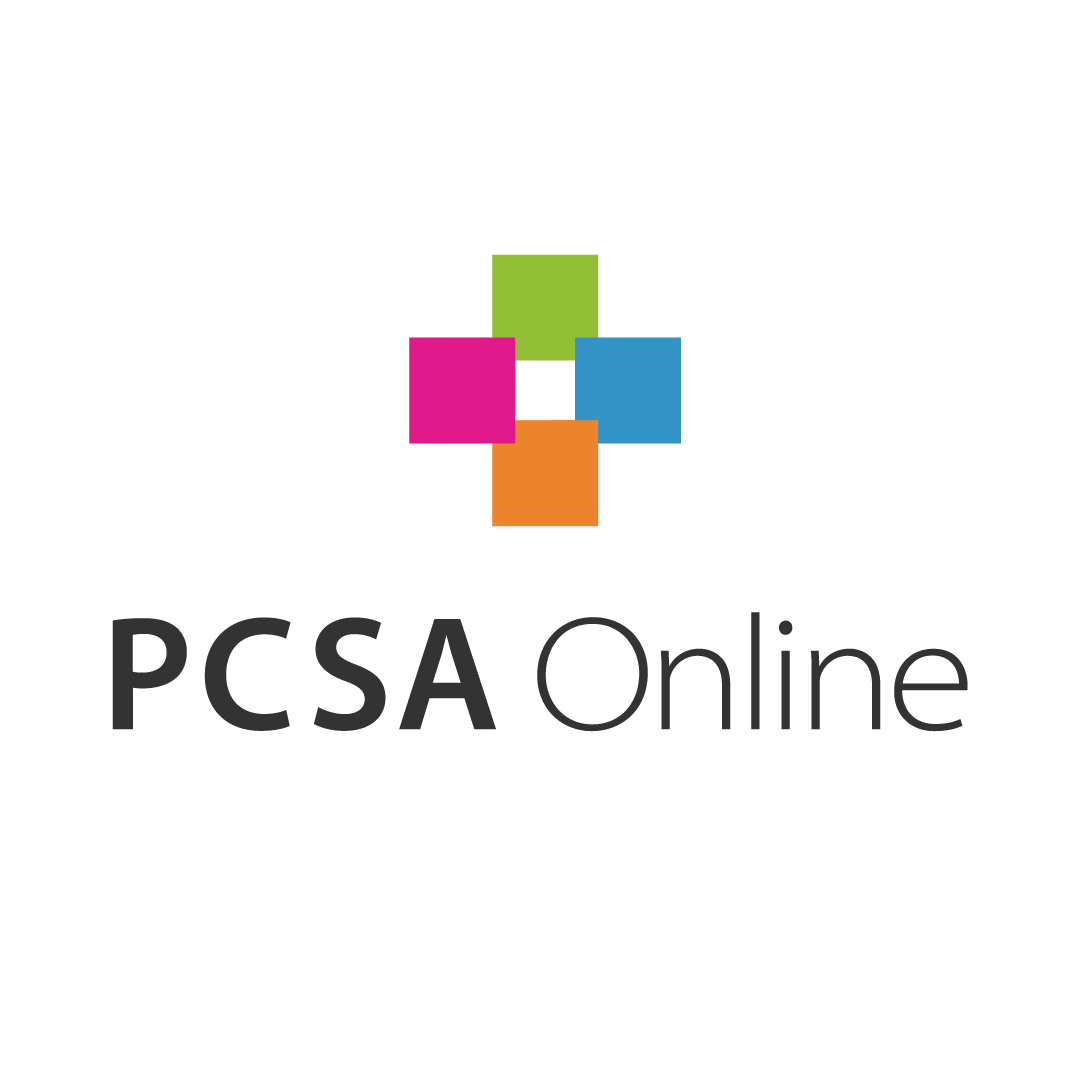Unit 2 – Making change and innovation happen
Once we understand the concept of change and innovation across health and care, the next step is to understand the processes by which we make it happen. Having a structured approach to the change process and problem solving, adopted by all, is one of the best ways to help accelerate the performance of PCN working.
Prior to Primary Care Networks, each practice was largely left to its own devices about innovation, change and ways of problem solving. This ad-hoc approach, whilst having some advantages, also presented structural problems. Inefficiencies in the adoption of new practices, lead to inconsistencies in services and of themselves become further barriers to GP practices peer-to-peer working. Competitive practices and disputes over the methodologies offered by one practice to another further hindered collaboration and the building of primary care resilience through scale. By gaining agreement to use a co-created process with the other practices making up your PCN, you can overcome the ‘battles of processes’ and ensure the change or innovation you want to make is successful.
So how can a single change and problem-solving methodology help you?
A key factor when supporting PCN working is the adoption of a common change methodology and a suite of problem-solving tools.
Collaborative leadership is, according to the academics David Archer and Alex Cameron (2009), ‘a management style and skill set that engages all participants by designing constructive processes for working together, convenes appropriate stakeholders and facilitates and sustains their interaction2’.
These leadership skills are echoed by other commentators and researchers. Tracy Crevar (2007) talks about, ‘clearing the clutter’ (clearly defined goals), ‘breaking down silos’ (cross functional leadership teams), encouraging a ‘growth catalyst role’ and ‘getting everyone involved’3.
The introduction by you, as a collaborative facilitator and change agent, of a collaborative change methodology and problem-solving technique, agreed and adopted by all will clear clutter, break down silos and get everyone involved.
It will also help you forge more effective multi-agency, multi-disciplinary team working across the PCN team. Team work best when they understand the processes and share a methodology for change and problem solving. They can focus on the tasks at hand rather than wasting time and energy arguing over the process and approach.
Unit 2 explores two different change methodologies that have the potential become the adopted approach across your PCN. The first is the NHS Change Model, and the second is the ‘collaborative incubator’ model, together with a recommended problem-solving framework which you can use to facilitate the incubation process for any workstreams/project you are doing across your PCN.
Learning Outcome:
Developing your confidence in using various change methodologies and problems solving techniques to help cement the adoption of one approach to innovation and change across your PCN
You will have two videos below introducing the main theory and practice for Unit 2 – Making change and innovation happen. Please have your Module 3 Workbook opened whilst you go through the unit videos, as we will provide you with an opportunity to reflect and undertake certain activities to embed the knowledge.
Please note that your Module Workbook is uploaded under Module 3 Introduction. Accompanying the videos are the PowerPoint Slides, and also you might find useful referring back to the RESOURCES heading in Module 3.
Your unit videos
Download a copy of your PPT Slides for Unit 2
